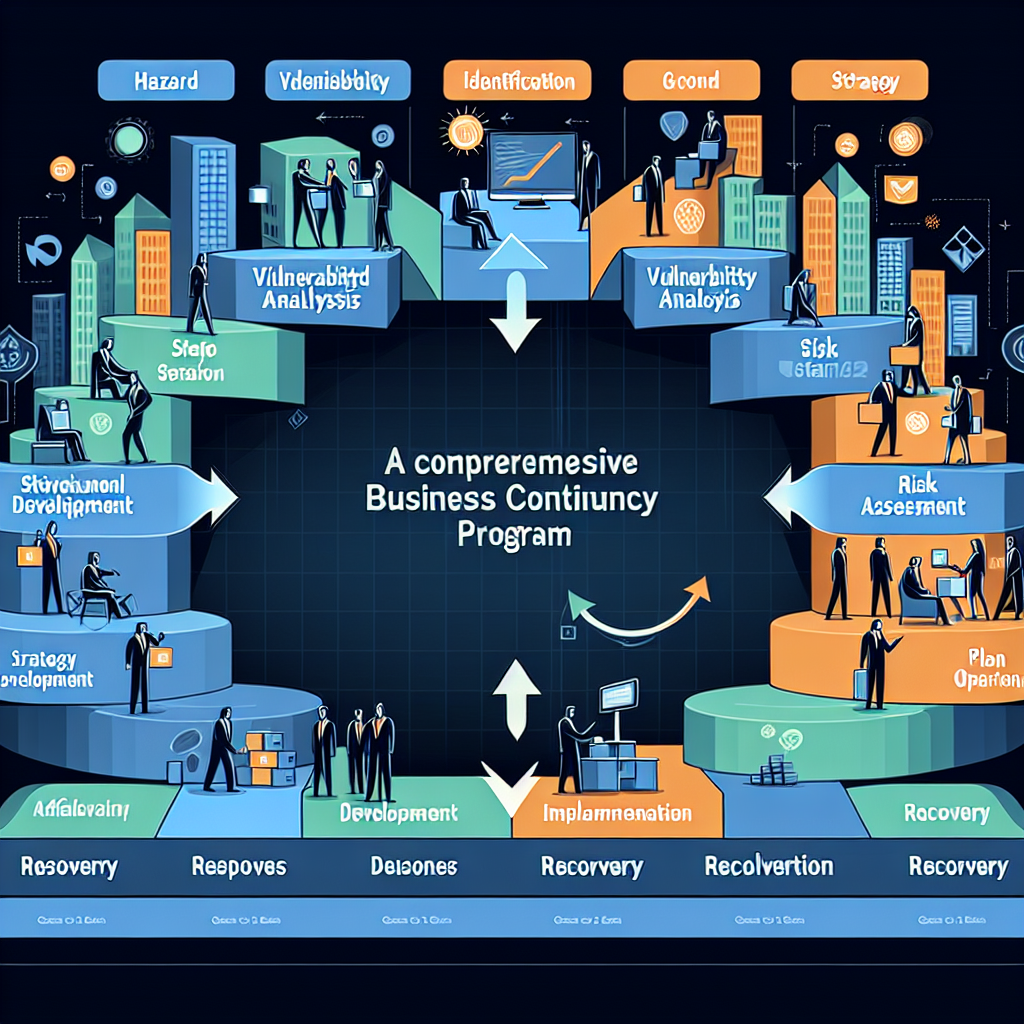In today’s volatile business environment, it is more important than ever for companies to have a continuity plan in place. Disasters can strike at any time, whether it be a natural disaster like a hurricane or earthquake, a cyber attack, or a pandemic like the one we are currently facing with COVID-19. Having a continuity plan in place can help businesses weather the storm and ensure that they can continue to operate and serve their customers even in the face of adversity.
Building a culture of preparedness within your organization is essential to ensuring that your business can survive and thrive in the face of unexpected challenges. Here are a few reasons why every business needs a continuity plan:
1. Minimize Downtime: A continuity plan outlines the steps that need to be taken in the event of a disaster to ensure that your business can continue to operate. This can help minimize downtime and ensure that your business can continue to serve its customers and generate revenue.
2. Protect Your Reputation: When disasters strike, customers expect businesses to be able to continue to provide the products and services they rely on. Having a continuity plan in place can help protect your reputation and ensure that your customers continue to trust and rely on your business.
3. Ensure Employee Safety: A continuity plan should also outline steps to ensure the safety and well-being of your employees in the event of a disaster. By prioritizing employee safety, you can ensure that your team is able to continue to work effectively and efficiently even in challenging circumstances.
4. Maintain Business Continuity: By having a continuity plan in place, you can ensure that your business can continue to operate even in the face of unexpected challenges. This can help you maintain business continuity and ensure that your business remains viable in the long term.
Building a culture of preparedness within your organization is essential to ensuring that your business can weather the storm and continue to operate even in the face of unexpected challenges. By developing a continuity plan and ensuring that your team is well-prepared to respond to disasters, you can protect your business, your customers, and your employees and ensure that your business can continue to thrive in the face of adversity.










